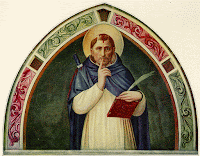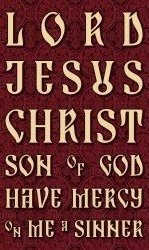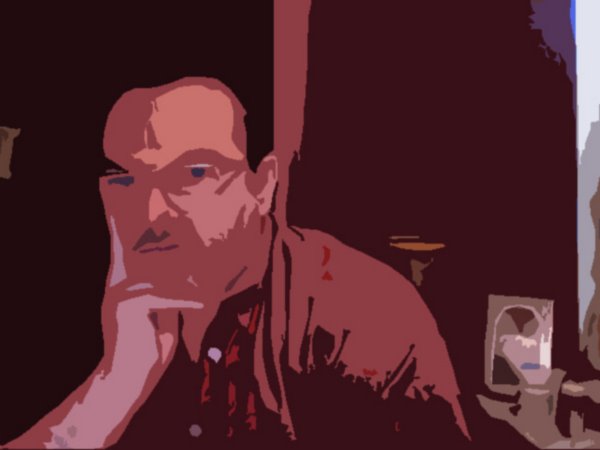 |
| Evelyn Underhill of +Memory Eternal+ |
I will go up to the Altar of God;
Of God, who giveth joy to my youth!
The spirit of adventure, courage, vitality, zest are among the qualities of the good communicant. He is there because he has accepted his mysterious vocation; is prepared to embrace his great opportunity, respond to the awful invitation of God, whatever it may involve for him, with reverence, courage and delight. “Blessed be the Kingdom of the Father, the Son and the Holy Spirit!” exclaims the Orthodox priest at the beginning of the rite. It is to this Kingdom and its interests that the worshipper looks. Each of these specks of consciousness is pressed from within, drawn from without, to the altar at which it is offered for the purposes of Love.
All the great petitions of the Lord’s Prayer are here to be carried through into action. The Liturgy declares and expresses the filial dependence of man upon God the Transcendent; it could not exist save in virtue of that link with the Transcendent. It is, from first to last, a hallowing of the Name of God. It calls man, the head of creation, to join with angels and archangels in adoring God. It opens the doors of the natural world to the coming of His consecrating and saving power. In it, the creature offers itself under tokens and without reserve for the purposes of His Will, is fed with heavenly food, reconciled and established in the Kingdom of Love, and subdued to the guidance and fostering care of the Unseen. Step by step, conduct, feeling, will and thought are quieted and transformed to this great purpose. By serial acts of penitence, self-offering, adoration and communion, the transition is made from the ever-changing world of use and wont to the world that is insusceptible of change.
As the life of Jesus proceeds at many levels, from that of perfect man to that of perfect God— “Ye are my brethren: I and the Father are one” —so does the life of the Liturgy proceed at many levels, whilst yet indivisibly one. And as souls at different stages of their growth enter more and more deeply into the significance of the Gospel, and learn to recognize the power and primacy of the Supernatural in and through the earthly acts and words of Christ; so with the Liturgy. Here too, the visible acts and symbols of the expressed religion—the offering, blessing and sharing of the Bread and Wine— stand in close relation to the necessities and simplicities of our Common Life; but they point beyond themselves and are increasingly realized as holy and significant, for they rest upon and manifest the deep union of the Church with God. Since the movement of the Eucharist is thus the movement of the Church’s life, and represents under symbols the very movement and meaning of all life, the individual soul can move with freedom within its majestic rhythms and figures. Its ritual actions provide, as it were, an impersonal frame in which the most secret responses of the spirit to God can find shelter and support. So, without ever losing though with the homely accidents of our physical existence —and indeed by acts and tokens deliberately drawn from that physical existence— the soul is led into the very recesses of the Godhead, and “by love made visible is snatched up to the Invisible Love.”
Evelyn Underhill
The Mystery of Sacrifice
“God is always coming to you in the Sacrament of the Present Moment. Meet and receive Him there with gratitude in that sacrament.”
Evelyn Underhill















